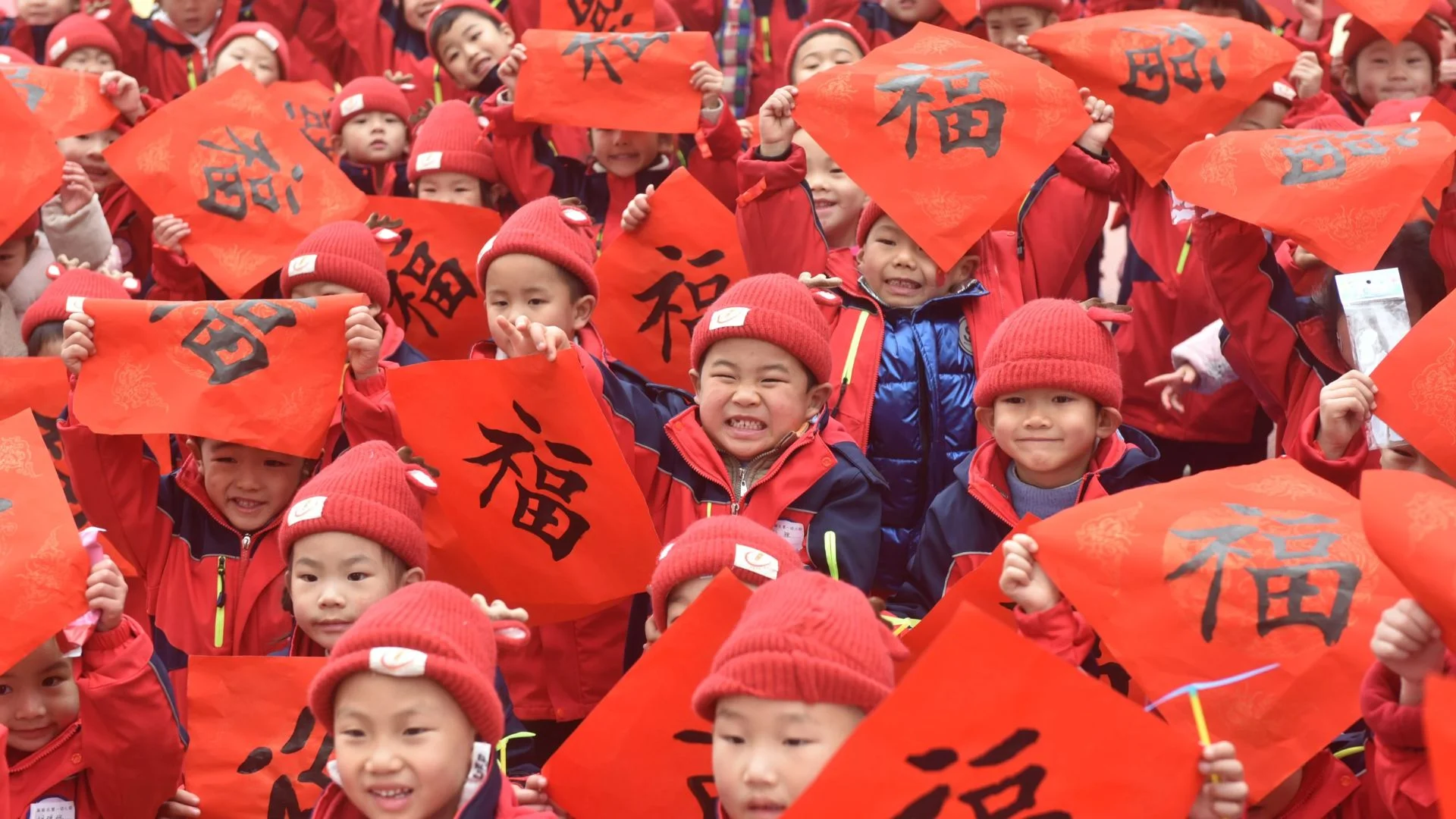
China’s number of kindergartens decreased by over 5% last year, marking the second consecutive year of decline in preschool institutions, according to a recent report from the Ministry of Education. In 2023, there were 274,400 kindergartens, down from 289,200 in 2022. This trend mirrors the country’s ongoing struggle with a declining birthrate.
Enrollment in kindergartens has also seen a significant drop, with approximately 40.9 million children attending preschool education in 2023, which is over an 11% decrease from the previous year. In 2022, kindergartens experienced a 1.9% decline, while enrollment fell by 3.7%.
In response to the country’s ageing population, several kindergartens have been repurposed as elderly care facilities. Policymakers have attempted various strategies to encourage higher birth rates, but with limited success. Some regions are offering financial incentives to families for having additional children. For example, a village in Guangdong province is providing bonuses of 10,000 yuan (£1,083) for a second child and 30,000 yuan for a third.
Economist and demographer Lian Jianzhang argues that existing incentives are insufficient. He advocates for monthly subsidies of up to 3,000 yuan for families with third or subsequent children, along with a one-time cash reward of 100,000 yuan (£10,821) for newborns. Lian emphasizes that the declining fertility rate has become self-reinforcing and can only be effectively addressed through robust policy measures.
The relaxation of China’s long-standing one-child policy in 2016 has allowed couples to have up to three children. Sichuan province has even lifted all restrictions on child registration, allowing parents greater freedom in family planning.
Despite these changes, China’s population dropped by 2.08 million last year, marking the second year of decline, with the birthrate reaching a historic low of 6.39 births per 1,000 people.















